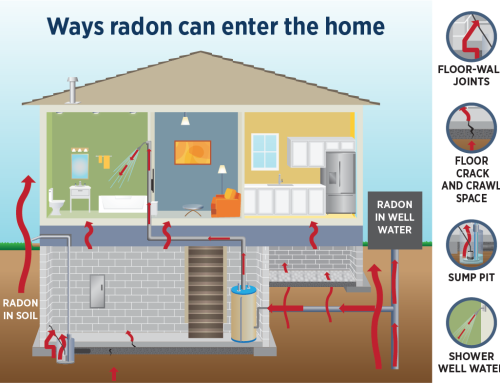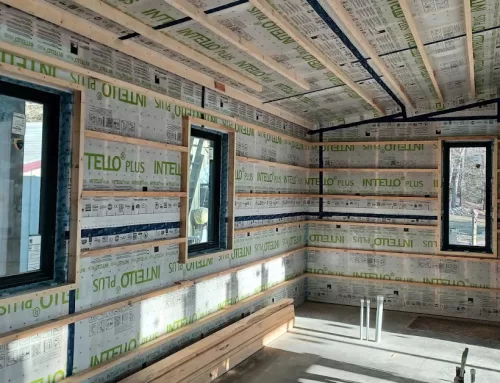 In addition to beautifying your property, proper landscaping is essential to protecting your home’s foundation—and its value. Whether you are landscaping on your own or thinking of hiring a professional landscaper, these are items to take into consideration:
In addition to beautifying your property, proper landscaping is essential to protecting your home’s foundation—and its value. Whether you are landscaping on your own or thinking of hiring a professional landscaper, these are items to take into consideration:
Plan Your Entire Yard
As with all homeowner projects, landscaping begins with a viable plan. Begin by creating a plot survey of your entire property, not just one side of your home.
While it may be less expensive to landscape just one part of your yard, not paying attention to drainage flow in other parts can lead to future foundation damage. Besides, if only one portion of your yard is landscaped, chances are it will be watered more often, which can result in soil expansion or erosion and damage to other areas.
Create Foundation Soil Grading
Over the years, the soil around a home’s foundation will settle and begin to form a dip that can collect water. As that water collects, it can seep into your foundation and cause damage. Periodically build up the foundation soil to pitch, or grade, the slope away from the house. Use a dense clay-based soil that is not as porous as thinner soil, sand or mulch, leaving a four-inch gap between the soil line and the siding. For homes in a hot and humid climate, a sprinkler system can help prevent foundation cracks caused by excessively dry soil.
Place Foundation Plants and Placement Wisely
When choosing plants and designing flower beds and plantings, think both in terms of style and practicality; your garden style should naturally complement the design and architecture of your house while offering protection at the same time.
As a precaution, ensure that flower beds slope away from your foundation. Plant small shrubs at least 2 feet, medium shrubs about 3 feet, and large shrubs at least 4-5 feet away from the house foundation. Plant trees a good distance away to avoid root intrusion or water collection.
You will need to get behind the greenery to attend to the house’s siding and gutter system periodically, so allow at least a ladder’s width distance between the home and all foundation plantings. Having this space also allows for healthy air circulation and sunlight that will reduce moisture buildup and mold or moss accumulation on your home.
Install Proper Drainage
A good drainage system will channel water away from your home’s foundation. Take into consideration all parts of the drainage system, including gutters, downspouts and splash blocks to ensure that water is directed away from your home. You don’t want moisture to puddle or pool near your foundation. If your land slopes toward the home or puddling occurs, install an underground drainage system that will direct water directly from downspouts to a natural slope, thus avoiding erosion, flooding or sedimentation issues. Seasonally, clear out gutters of leaves and debris, and provide routine maintenance to gutter systems.
Additional Benefits of Landscaping
While the most significant role of landscaping is to protect your home, it comes with several other advantages including:
- Increasing your home’s resale value. According to the American Society of Landscape Architects, landscaping and maintaining your property can increase its value by a whopping 20 percent.
- Saving the environment. By using sustainable practices to landscape your yard, you contribute to conservation efforts and significantly reduce your carbon footprint.
- Beautifying your home. Apart from having a beautiful yard with lots of plants and plenty of space to relax and spend quality time with your loved ones, landscaping your property can block bad views, create shade that will protect the interior of your home from the heat, and provide privacy.
Contact Först Consulting Group
Foundation cracks and deterioration are serious issues in the health of your home, so taking precautions to protect it only makes sense. If you need a private inspection of your home, or estate management while you’re away for an extended period of time, and are located in Northern Virginia or Washington, D.C., contact Först Consulting Group.




